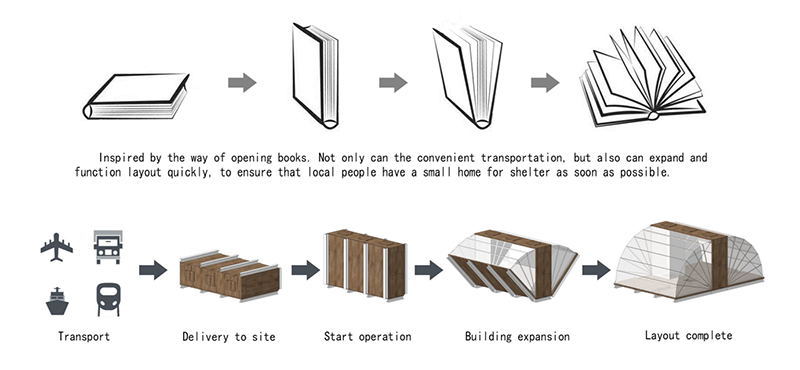[Endorsed by APEC EWG] Solar-Powered Emergency Shelter Solutions (SPESS) - Project Phase II
APEC Sustainable Energy Center (APSEC) is always an active candidate on APEC project application. On Oct 8th, APEC Secretariat released the latest list of APEC funded project in 2019.The project of Demonstration and Promotion of Energy Resilience Tool based on Solar-Powered Emergency Shelter Solutions (SPESS) for Natural Disaster in APEC (EWG13 2019A) proposed by APSEC was endorsed. The project win co-sponsorships from 6 APEC economies which are Indonesia; Thailand, Papua New Guinea; The Philippines, Hong Kong, China and Australia.
● Project Background and Objective
Accounting for 70 percent of all natural disasters, the Asia Pacific is highly prone to climate change impact. One of APEC 2015 priority areas is “Building Sustainable and Resilient Communities. EWG13 2019A is known as SPESS phase II which is a project continuation of EWG22 2015A (SPESS phase I). This project will promote application and demonstration of total solution of energy supply and comfortable indoor environment for ERS (Emergency Relief Shelter), emphasizing the characteristics of people-oriented, promoting the application of sustainable, high energy efficiency and environmental protection, and responding to APEC concept about "cooperation, safety, security, efficiency, green technology, and comprehensive development".
This project aims to solve the key problems faced by disaster victims in the Asia-Pacific region, such as the energy supply and the basic living guarantee. This project will carry out outcome of SPESS open innovation competition (EWG 22 2015A), provide technical support, establish workshop and technical training to engage key APEC stakeholders, and establish pilot project in China and other susceptible economics to natural disasters. Two APEC workshops will be organized in 2020 for future project discussion.
● Solar-Powered Emergency Shelter Solutions (SPESS)—Rainbow Home Design
Rainbow Home is low carbon modular emergency shelter designed by Tianjin University, School of Architecture which had been widely accepted by APEC experts. Rainbow House use folding connecting rod design with thin film photovoltaic power generation system and energy storage system which can be deployed in various situation in post-disaster recovery.


To review the detail of EWG 22 2015A please refer to https://aimp2.apec.org/sites/PDB/Lists/Proposals/DispForm.aspx?ID=1754

